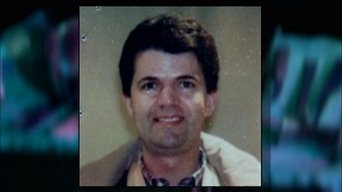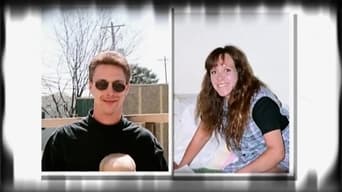Forensic Files (1996)
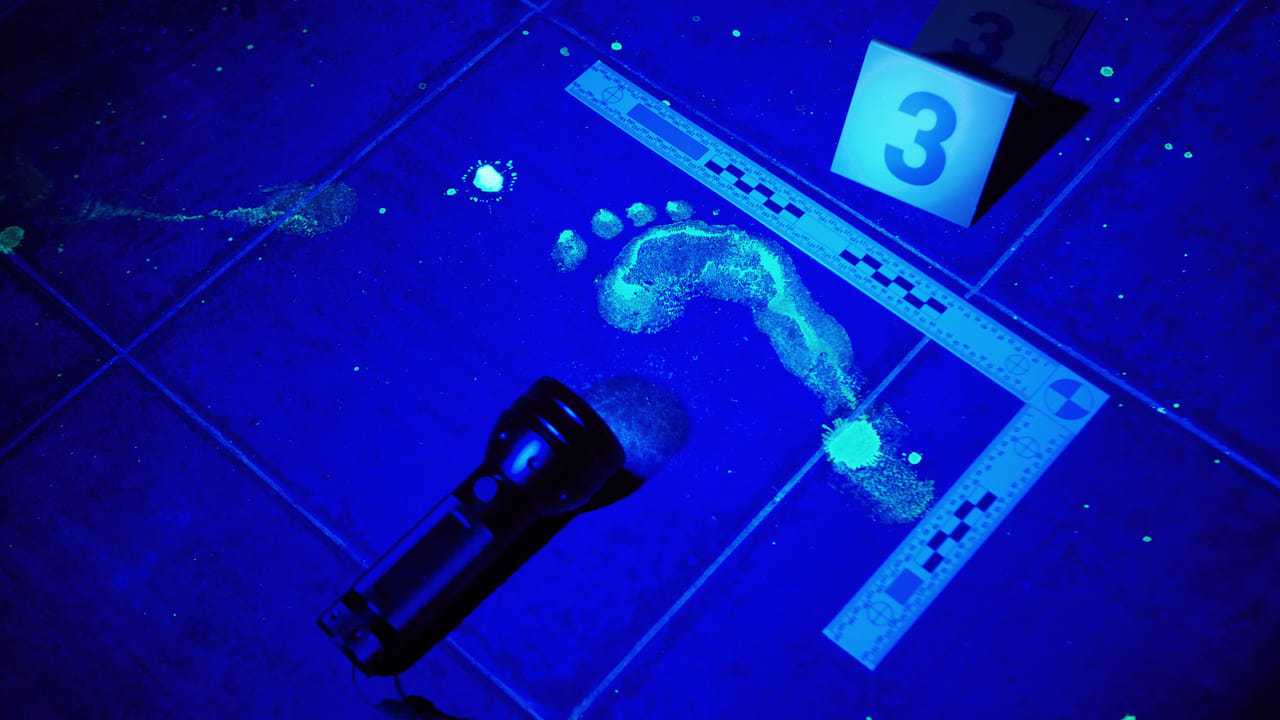
Real crimes, disease outbreaks and accidents around the world are solved by experts using scientific laboratory analysis which helps them find previously undetectable evidence. Brilliant scientific work helps convict the guilty and free the innocent.
Watch NowForensic Files
1996 / TV-14



Real crimes, disease outbreaks and accidents around the world are solved by experts using scientific laboratory analysis which helps them find previously undetectable evidence. Brilliant scientific work helps convict the guilty and free the innocent.
Seasons & Episode

A young mother is murdered after years of domestic abuse. There are clues at the scene: bloody footprints and DNA from the victim’s rape kit.


Threatening emails, a missing person and an abandoned truck lead police to a home where they believe a murder was committed. The evidence is overwhelming and investigators are sure they have the killer. What they don’t have is the body of the victim.

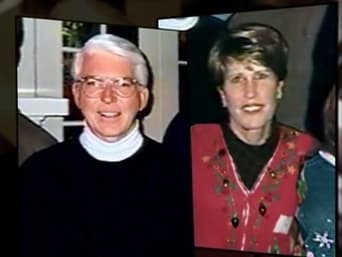
In 2000, Kristine Fitzhugh failed to show up for her music class and her husband Ken found her dead at the bottom of the stairs of their Palo Alto home. Upon further investigation, luminol reveals evidence of murder in the kitchen. As detectives investigate the crime further, they uncover a long-held family secret that provides motive.


As she left choir practice, a woman was gunned down in the church parking lot. Her husband became the prime suspect – particularly when police learned he found out just a month earlier that his wife had been cheating on him for three years.

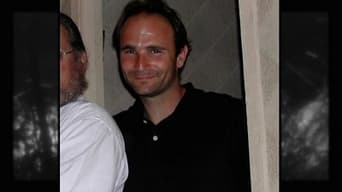
In 2008, Illinois emergency response came upon a garage fire and a man was found crushed beneath a truck. Upon first glance, the victim was the homeowner Ari Squire. Investigators turned to forensic science to determine if they were dealing with a tragic accident or a carefully orchestrated murder.

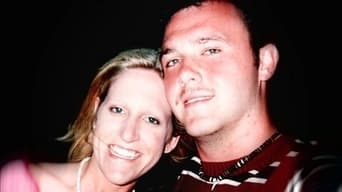
In 2007, the Florida mobile home of Effie and Michael Ratley catches fire and Michael heroically rescues his wife and infant son. A month later, his wife is found beaten to death in a bedroom of his parents' home. The cut window screen points to an intruder, but the lack of supporting evidence compels investigators to look within.


In 2005, David Castor suffered a slow, agonizing death over a period of days. His wife Stacey maintained it was suicide, even though it was done with antifreeze. Police were skeptical, especially when they learned Stacey's first husband Michael Wallace died when he was only 38 years old and she refused to consent to an autopsy.


In 2006, Jackson, MS, resident Avis Banks and her unborn child were brutally murdered in her garage and discovered by her fiancé Keyon Pittman. Police learn Pittman was having affairs with other women and he became the prime suspect... that is until a man comes forward who not only believes he owns the murder weapon, he also knows who used it.


In 1989, the bodies of Joan Rogers and her two teenage daughters were found floating in Tampa Bay. The water washed away any evidence, but police hoped a handwritten note found in the victims' car would lead to the killer, so they posted huge copies of the note on five highway billboards.

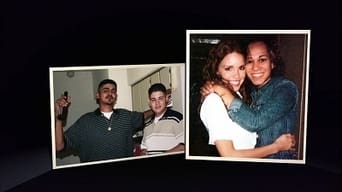
In 2003, Tiffany Rowell and three of her friends were brutally murdered in their affluent Clear Lake, TX, neighborhood and the crime scene yielded little evidence. The next-door neighbors had seen two young people dressed in black walking nearby and their descriptions were used to create composite drawings, which become a key element in solving the crime.


In 2008, college co-ed Jenna Verhaalen was found dead in her Bryan, Texas apartment and petechial hemorrhages in her eyes indicated that she was strangled. The victim's boyfriend, a neighbor and the apartment maintenance man are all suspected, but it takes DNA evidence to identify the killer.


In 2003, Kathy Lorick was raped and murdered on a Concord, California jogging trail in the middle of the day while talking to her husband on her mobile phone. The leads from Kathy's cell phone records and search dogs go nowhere. Nine days later, a witness tells police about a chance encounter.

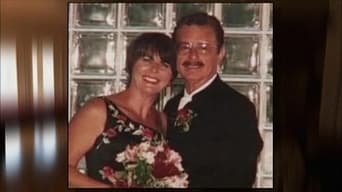
In 2008, Colorado real estate developer Alan Helmick was found shot to death at home. His wife Miriam became the prime suspect. Police had a wealth of evidence against her, but it is circumstantial. The case will turn on a .25 caliber bullet fired 20 years ago from the now-missing murder weapon.


In 2004, nursing student Tamika Huston went missing from her Spartanburg, SC home. A tip led detectives to her car and they find an unknown house key that could help solve the case. Further investigation leads to the only other clues: a fingerprint and a code.

Real crimes, disease outbreaks and accidents around the world are solved by experts using scientific laboratory analysis which helps them find previously undetectable evidence. Brilliant scientific work helps convict the guilty and free the innocent.
Watch Trailer
Free Trial Channels



